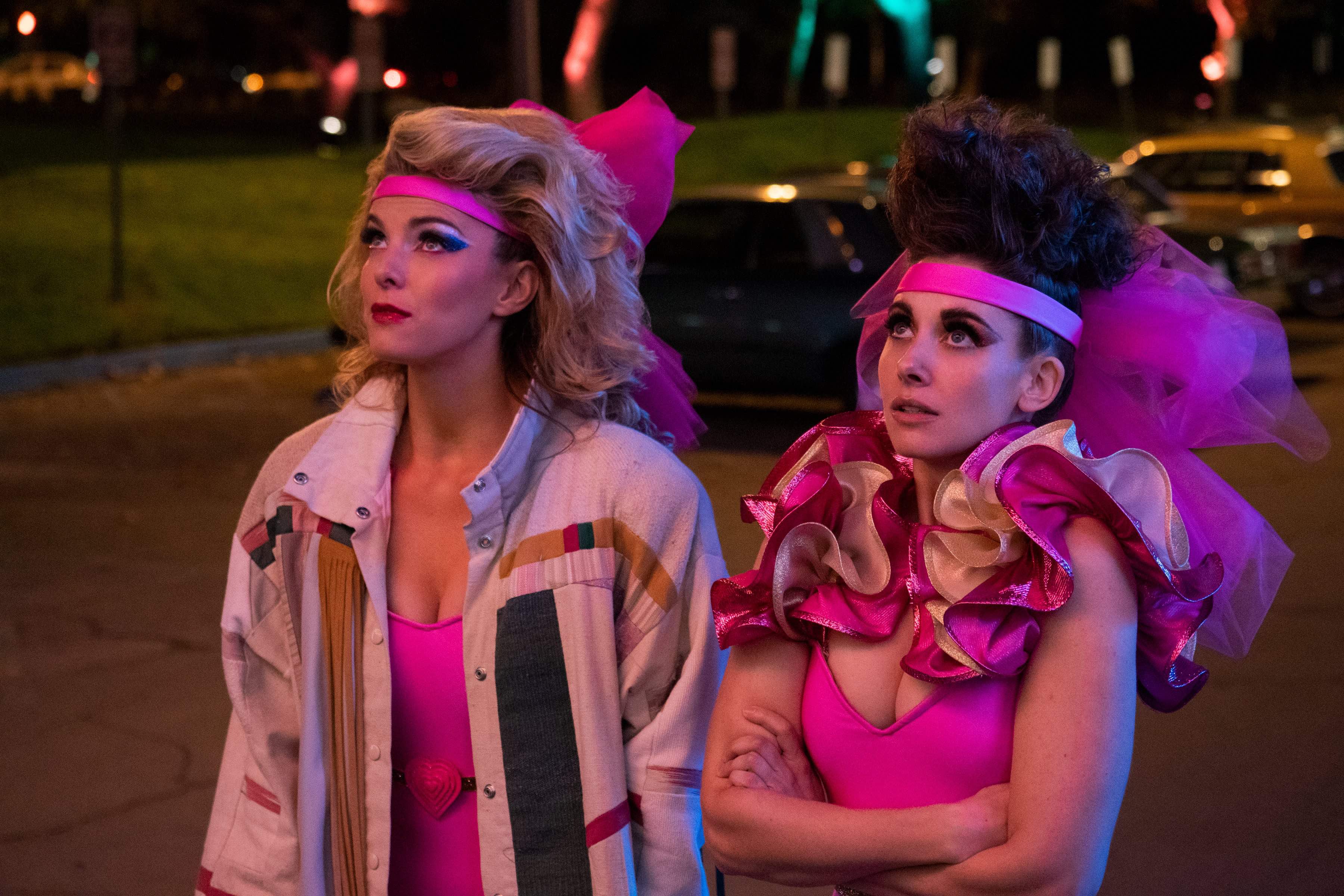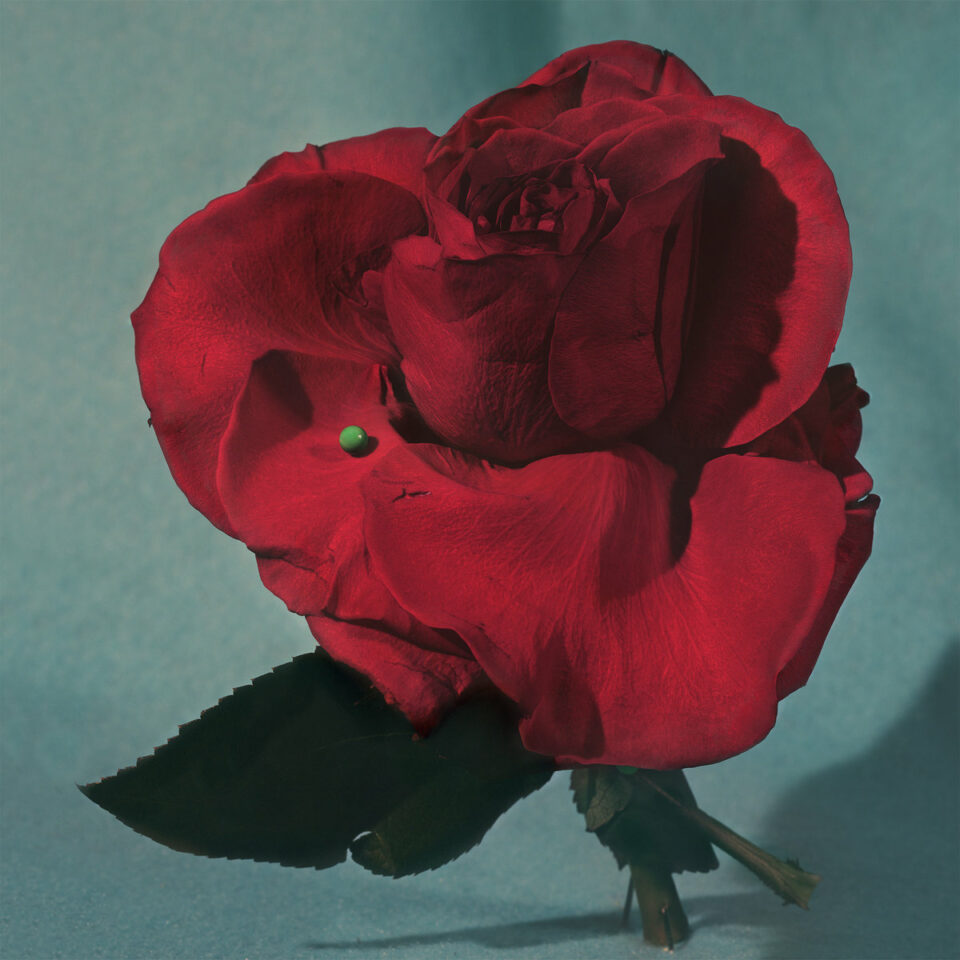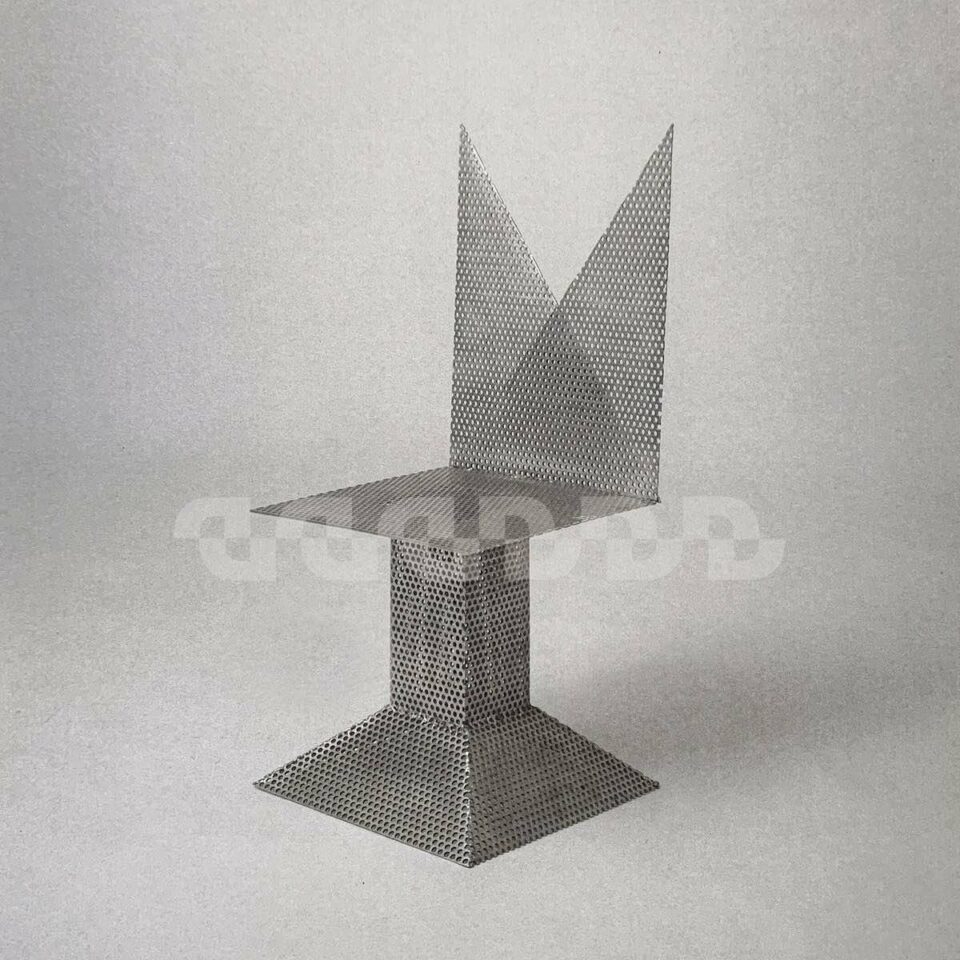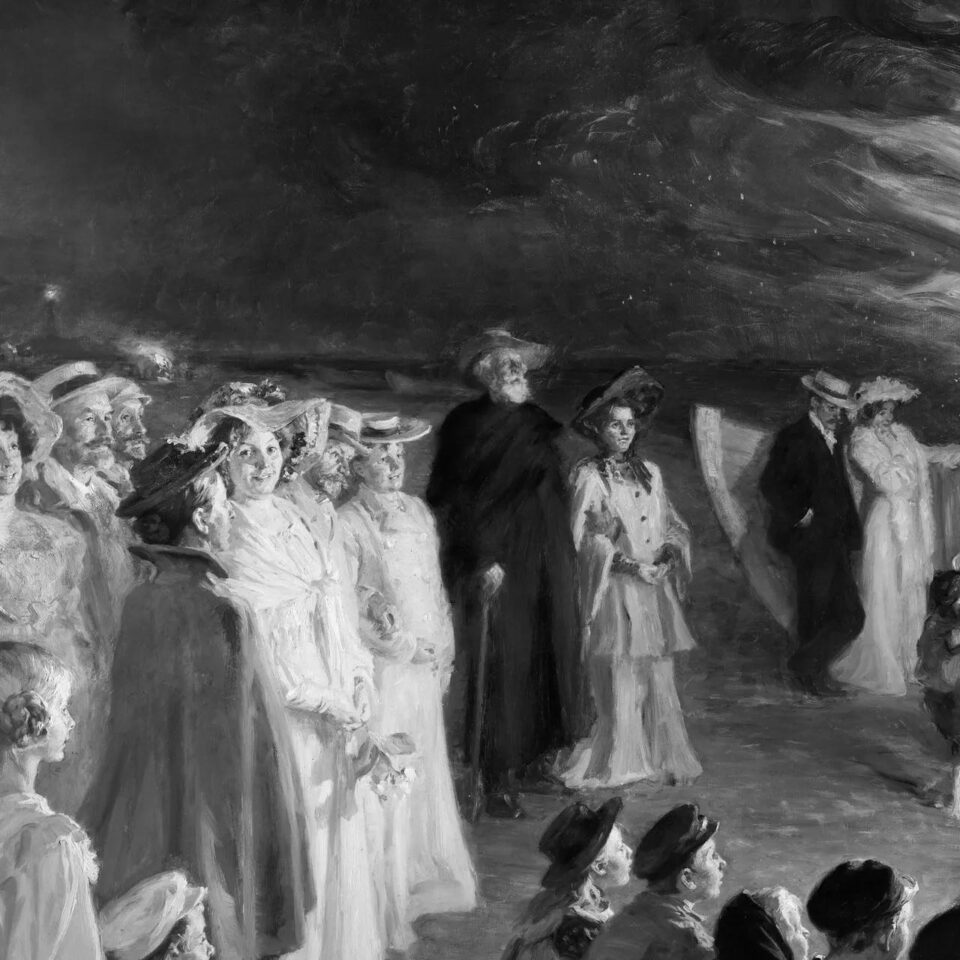It’s a strange coincidence that I began to notice a nagging back pain the morning I started watching the new season of GLOW. I’ve split my time the past three years working as both a freelance journalist and a full-time musician, meaning each day I’m either lifting heavy amps out of vans and into venues, or contending for the World’s Worst Posture award sitting in the backseat of a car or slumped on a couch writing a story. I always figured something like this was coming, like a time bomb ticking in the back of my mind. The shouts of “lift with your legs!” were echoing through my head as I lay there watching Tammé Dawson on my screen tearfully pushing through her own pain one second and then joking about sciatica the next. The metaphorical gun—an unavoidable bout with back pain, in both of our cases—was introduced in the first act, after all.
Usually, you’d do best to ignore discomfort like that for a few days to make sure you don’t overreact. You know, get a splinter and check WebMD, you’ll end up convincing yourself that you need amputations. But ignoring pain is impossible while watching the third season of GLOW. Netflix’s dramatized retelling of the short-lived but massively influential ’80s program Gorgeous Ladies of Wrestling has been key on hammering home the difficulties and dangers of pro wrestling throughout its first two seasons—but much like a wrestler’s career, the physical toll from taking bumps (a.k.a. getting slammed down on the mat) starts to add up now that the twilight years of the show are coming into view, sooner than expected.
https://www.youtube.com/watch?v=xQaCxIJX0J0
Among the most famous wrestlers of the ’90s, Diamond Dallas Page once famously compared taking bumps to getting into a series of small car crashes night after night. Adding those nights up year after year, it’s no wonder there’s been greater talk about pro wrestlers (who work as independent contractors in the United States) unionizing and there being more pressure than ever on major companies like the WWE to provide basic health care for its workers. Some wrestlers have been paralyzed in the ring, others have even died. The best scenario in many cases is having lifelong chronic pain and no one to help pay for treatment, whether it’s dealing with back issues or battling CTE from the industry’s long-term use of unprotected chair shots to the head during the ’90s and early 2000s. It’s no secret anymore that pro wrestling is as scripted as GLOW itself, but there’s also no longer any room to call the action in the ring fake. Even some Netflix actors who just learned the basics for the series said the in-ring training made it the “most physically demanding” roles of their careers. And on-screen, the third season’s story doesn’t let your mind wander much from the pain.
Midway through the new season, all those nightly bumps start to catch up to Tammé, who can barely get through a match, struggles to get of bed, and self-medicates with a dangerous combination of alcohol and painkillers. Dawson, who’s played by real life pro wrestling veteran Kia Stevens, winds up plotting to take on a new character but ends up forced to make a decision whether to stay with GLOW or leave the program after the wrestler’s told she could end up paralyzed if she continues. It makes for the most memorable episode in season three (“Freaky Tuesday”), as the women switch characters for one night only, leading to an outrageous show landing them an offer for a contract extension through the end of the year, bringing up lingering questions about whether doing the show is worth what they’re putting themselves through.
It’s no secret anymore that pro wrestling is as scripted as GLOW itself, but there’s also no longer any room to call the action in the ring fake.
That’s the big question surrounding the third season: Is this all worth it? The women of GLOW are isolated in Vegas, living life away from family and normality—a mental endurance test that real life professional wrestlers, musicians, and other traveling workers in the entertainment industry fight through on a daily basis. At times, you start to feel GLOW asking itself that question, showing signs of slowing to an end before it ever really hit its stride and marking a short-lived run that morbidly mirrors the wrestling careers it’s documenting. Four of the season’s final five episodes completely abandon wrestling ,while the narrative moves on to follow its driving characters like Ruth, Debbie, and Sam, all trying to figure out the next step in their careers beyond the ring.
The transition to focusing on storylines outside of wrestling, though, is driven by the same on-screen pain that forces its characters to rethink their place between the ropes. GLOW does a fantastic (and amazingly uncomfortable) job of highlighting the brutal physicality behind the lives of pro wrestlers—but it puts equal effort into hammering home the internal struggles that don’t show the way bruises or broken bones do, despite crippling so many lives in the same way.
When you’re alone in the way the women of GLOW are throughout the show’s latest ten episodes, keeping your mind off pain like that can become a full-time job. Whether it’s Ruth, Debbie, or Tammé trapped in a hotel for an entire year, left to navigate both their battered bodies and the lonely distance from their lives at home—or me, worried on the couch about my own potential sciatica and watching them figure all this out—when you give yourself all that space, pain can find room to grow in places you’ve left open for something else. Like Tammé, we all need to learn when enough is enough. FL









